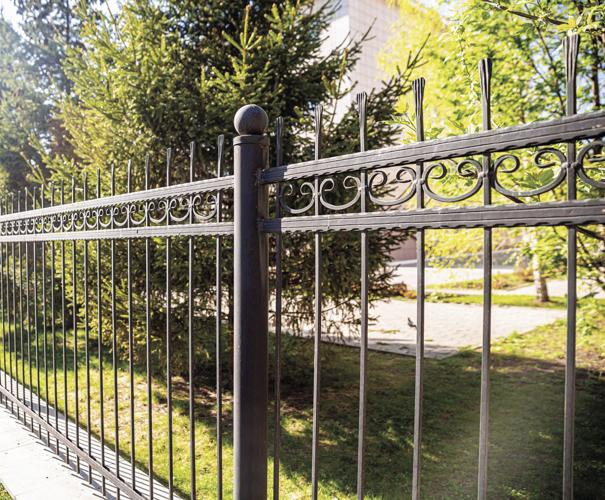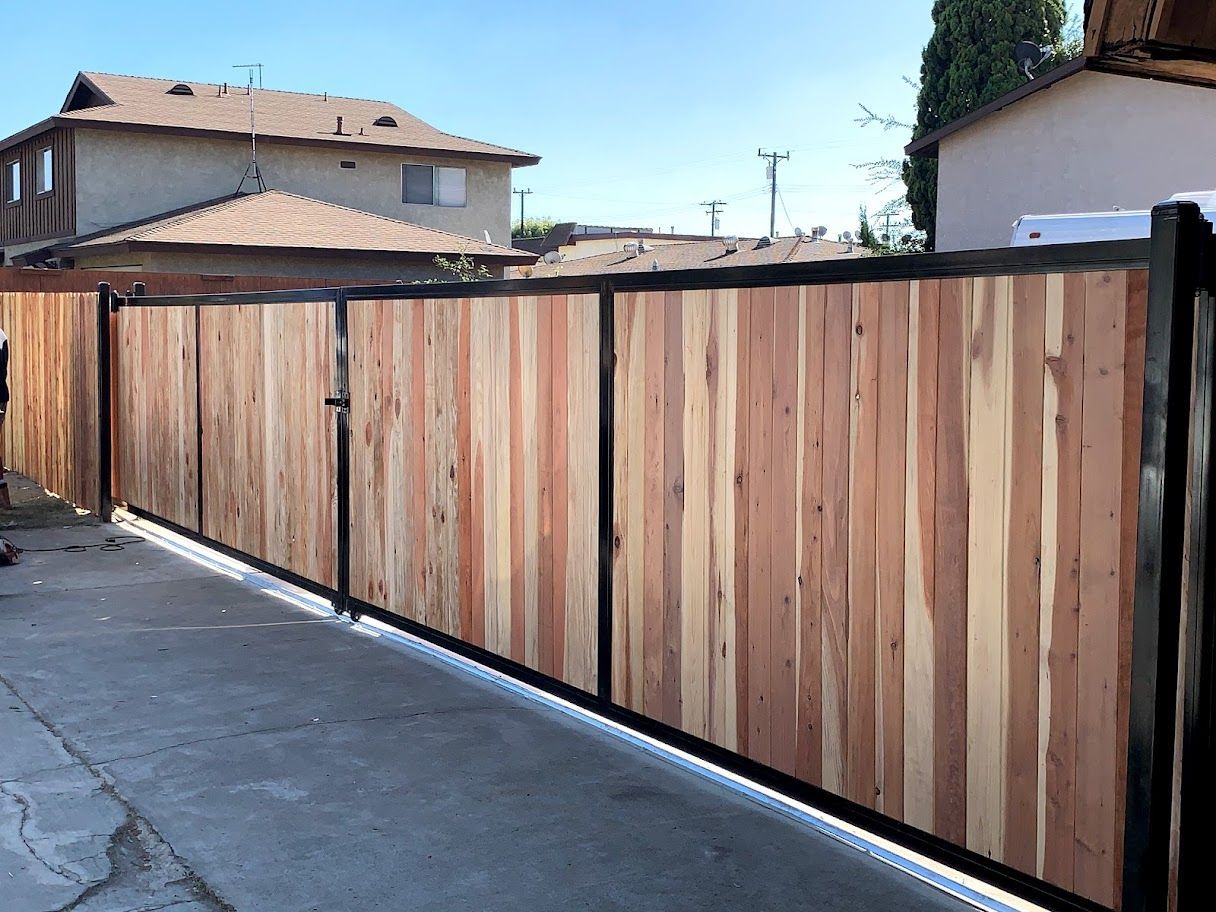All Categories
Featured

When installing a fencing, picking the appropriate product is essential to stabilizing capability, aesthetics, and budget plan. Timber, plastic, and aluminum are amongst one of the most typically picked fence materials, each with its staminas and drawbacks. This overview explores the pros and disadvantages of these options to aid you make an informed choice.

Timber Fencing. Pros:. Natural Charm: Wood's timeless charm can improve any type of property with its cozy and timeless appearance. Customizable: You can repaint, stain, or carve wood to fit your style choices. Cost effective: Wood fence is initially much more economical compared to a few other materials. Eco-friendly: As an eco-friendly resource, wood is naturally degradable and usually taken into consideration green. Disadvantages:. Maintenance-Intensive: Regular sealing, painting, or discoloration is called for to avoid damages from weather condition and insects. Prone to Decay: Without correct care, wood can rot, warp, or crack gradually. Shorter Life-span: On standard, wood fencings last 10-15 years, depending on the kind of wood and upkeep. Timber is a great alternative for those who value looks and agree to buy normal maintenance to preserve its appearance and longevity.
Plastic Fencing. Pros:. Reduced Upkeep: Vinyl requires marginal treatment-- simply periodic cleaning with soap and water. Weather condition Resistant: It doesn't warp, rot, or catch insect damage, making it very resilient in different environments. Long life: Plastic fencings can last 20-30 years with little to no repairs. Design Selection: Available in a wide variety of shades, designs, and textures, consisting of wood-like looks. Cons:. Higher Initial Price: Plastic fences are extra pricey in advance contrasted to wood. Susceptability to Cold: In extremely cold weather condition, vinyl can become breakable and prone to cracking. Minimal Fixing Options: Matching substitute panels can be challenging if damages happens. Plastic fence is ideal for house owners looking for a resilient, low-maintenance remedy that offers modern adaptability.

Aluminum Fence. Pros:. Rust-Proof: Aluminum stands up to rust, making it a superb selection for damp or wet environments. Sturdy: Regardless of being light-weight, aluminum is solid and can endure extreme weather problems. Low Maintenance: It requires very little maintenance, typically just occasional cleansing. Long Life expectancy: Aluminum fences can last years without significant deterioration. Elegant Style: Frequently utilized for ornamental purposes, light weight aluminum fencing includes a sleek, advanced seek to homes. Cons:. High Preliminary Investment: Light weight aluminum fencings are among the more expensive options on the market. Less Personal privacy: The open designs usual with light weight aluminum fence do not provide much personal privacy. Susceptible to Damage: While resilient, light weight aluminum can dent if hit with sufficient pressure. Aluminum is an outstanding option for homeowners focusing on appearances and sturdiness without requiring much maintenance.
Making Your Choice. When determining between plastic, light weight aluminum, or timber fence, consider your priorities:
Wood matches those who value a natural look and don't mind placing in upkeep initiative. Plastic is the most effective option for those seeking a low-maintenance, weather-resistant solution. Aluminum uses sleek style and long-lasting durability yet might lack privacy. By thoroughly examining these products' attributes, you can select a fencing that matches your residential property while satisfying your useful and aesthetic demands.
Latest Posts
Boost Your Building with Automatic Gates
Published Apr 22, 25
1 min read
Contact Us: Get in Touch for Professional Auto Solutions & Repairs in Montclare
Published Apr 22, 25
2 min read
A Hassle-free Method to Offer Your Automobile
Published Apr 21, 25
1 min read